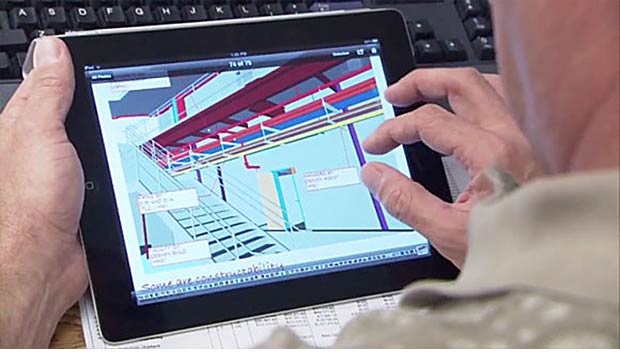Construction science student wins prestigious builder’s essay contest

Jason Bailey
The preconstruction phase of a project has evolved from a meeting and a handshake into an increasingly technological process, wrote Jason Bailey, a Texas A&M construction science student in the fall 2013 semester, in an essay that topped a national contest sponsored by a national building group.
Bailey’s essay, “Using Virtual Construction Tools for Pre-Project Planning,” was selected by Associated General Contractors as the top entry in its [James L. Allhands Student Essay Competition] (http://www.agc.org/cs/about_agc/recognition_programs/agc_foundation_awards) , in which students submit essays about the advancement of technological, educational, or vocational expertise in the construction industry.
Bailey, who earned a [Bachelor of Construction Science] (http://cosc.arch.tamu.edu/undergraduate/) degree after the fall 2013 semester, won $1000, round-trip airfare, meals and lodging to the 2014 AGC convention in Las Vegas March 3-6.
José Fernández-Solís, Bailey’s faculty sponsor, won $500 and round-trip airfare, meals and lodging for five days at the convention.
Bailey touted the key role technology now plays early in a building project.
“Many laypeople are unaware that a project’s success or failure is often determined before the first shovel penetrates the earth,“ he wrote. “Undetected errors in preconstruction steps such as project design, estimating, scheduling and materials procurement can potentially lead to exponentially increased costs and schedule delays and can derail the entire project.”
During this phase, he said, technology such as building information modeling can address these concerns while increasing collaboration between the architect, owner, general contractor, subcontractors and material suppliers, which leads to substantial cost savings.
The future, said Bailey, promises even more technological advances. If a building undergoing a renovation is lacking as-built drawings, he said, s scanner attached to a mobile device could someday soon be used to produce 3-D images of the building, convertible to computer assisted design files.
The industry is also excited about the possibilities presented by wearable computers such as [Google Glass] (http://www.google.com/glass/start/) , which Bailey said could be used to “provide instantaneous feedback on issues encountered in the field or to provide visual display to multiple individuals when large displays are impractical or unavailable.”
Bailey said that as a project manager on a job, he would implement as much technology in project planning and execution as possible, because firms capable of creating accurate models can provide dramatic construction savings to owners.
“Some companies,” said Bailey, “have tracked savings on projects in which they have utilized BIM and have averaged a 50% reduction in design time, an 80% reduction in estimating time and, most amazingly, no mechanical, electrical or plumbing change orders. “
The increasing inclusion of virtual construction tools, concluded Bailey, will drive innovative thinking and early resolutions to complex problems as a result of collaboration, which leads to greater jobsite efficiency.
Tags
Related Posts

Students earn top honors for standout construction plans

CoSci student wins TV Christmas light competition

Posters, addresses earn students 2017 research week honors
Students' solar-powered umbrella wins 3rd in contest

Texas A&M researchers enabling buildings to ‘breathe’
Follow Us
Facebook Twitter Vimeo Youtube Flickr RSS
Recent Posts

Planning prof heads study of disaster housing aid

A message from the dean

Former student remembered as expert planner

Leading educator named new head of Architecture Dept.





_thumbnail_small.png)
